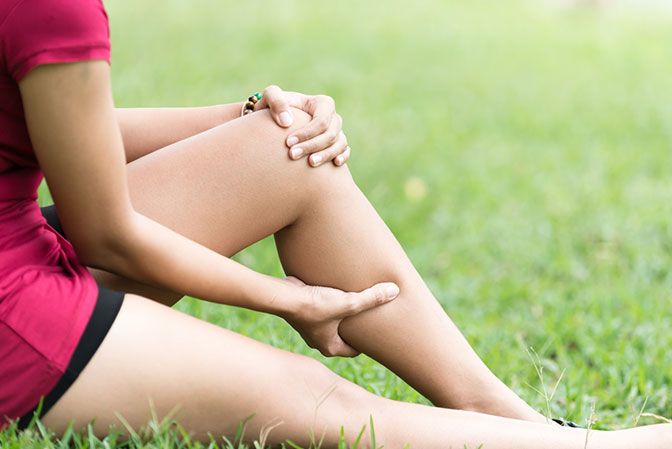Most Common Orthopaedic Injuries in Teens

If you’re raising children, you’ve likely dealt with more than a few bumps and bruises. As kids get older, their injuries can become a bit more serious due to growth spurts, particularly if they’re athletic or play a contact sport.
It’s impossible to be on top of what your teen does 24/7 – if only! – but you can allow yourself a small sense of protection by finding out about the more common orthopaedic injuries sustained by teenagers. While these typical ailments are all treatable, they can affect growth and development that lead to long-term issues if not treated properly.
Ankle Sprains and Other Sprains
Ankle sprains comprise about a quarter of sports-related injuries. A sprain is an injury of the tough, flexible bands, or ligaments, that connect the bones in a joint. Sprained ankles are often caused by an accidental roll of the ankle while teens are running or jumping. The telltale signs are swelling, bruising, and a limited range of motion. Sprains are most common in athletes who make sudden motions like running or throwing and can be brought on due to a lack of flexibility.
As common as they are, sprains can be just as painful as a broken bone and should be cared for immediately. Treatment includes rest, ice, compression and elevation. Although they typically heal on their own, have your child examined by a foot and ankle orthopaedic specialist if this occurs.
Growth Plate Injuries Such as Fractures
Growth plates located near the end of a child’s bones are soft, vulnerable sections of the skeleton. Fractures often appear near the ends of a teenager’s long bones, affecting the layer of growing tissue surrounding it. Since these injuries can affect how the bone will grow, it’s important to treat them as soon as possible. If an injury happens in one of these areas, have your child examined for possible growth plate issues:
- Foot bones
- Long bones in hands and fingers
- Forearm
- Upper leg
- Lower leg
Shin Splints
Shin splints are especially common in teen athletes. They take form when patients increase the intensity of their workout too quickly or frequently run on hard pavement with improper footwear. A shin splint refers to pain on the inner side of the shinbone caused by inflammation of the muscles around it. Be sure your teen runner gets treated if you suspect a shin splint since they can lead to stress fractures or a small break in the shinbone.
Broken Bones
We already mentioned growth plate fractures. But that’s not the only kind of fracture your accident-prone teenager could sustain. With 206 bones in the body, some 40 percent of girls and 50 percent of boys reportedly experience a fracture at some point in their childhood. If your high schooler loves skateboarding or cycling, be sure they take the proper precautions to limit their chance of a fall or accident.
ACL Injuries and other Ligament Tears
If a player hears a noise in his knee during football practice, it might be a torn anterior cruciate ligament (ACL). An ACL injury is a tear or sprain of one of the bands of knee tissue that connects the femur to the tibia. While common in many different sports, the ACL isn’t the only ligament prone to injury. There are hundreds of ligaments in the body connecting your child’s muscles and bones. Strained ligaments typically heal on their own, but if you suspect something more serious, contact an orthopaedic physician as soon as possible.
Repetitive Strain (Overuse) Injuries
A repetitive strain injury (RSI) or overuse injury is caused by the overuse of either muscles or tendons. It may occur in a hairline fracture of the bone that has been subjected to repeated stress, or simply result in inflammation of a tendon (tendinitis) over time.
Knee injuries are extremely common in athletic boys and girls, but an RSI can also take form in the upper body thanks to repetitive movements in tennis, gymnastics and weight lifting. Make sure your child warms up before partaking in any physical activity that requires jumping, pivoting or quick stops and starts. Physical or occupational therapy can go a long way in treating many such injuries and getting young patients back on their feet.
From back pain to foot fractures, an orthopedic specialist can treat your teenaged child for myriad ailments and injuries of the bones, joints, muscles, ligaments, nerves or tendons. A specialist is typically able to diagnose an orthopaedic issue more quickly than a general internist – and set your child on a faster road to recovery.
Contact MidAmerica Orthopaedics to set up an appointment to find out more about protecting your active teen or treating a possible injury. Our team of specialists is ready to help!

